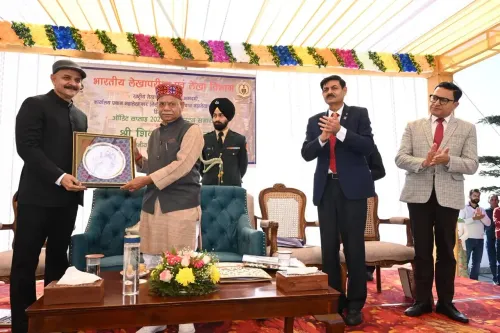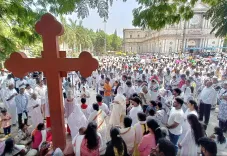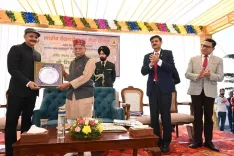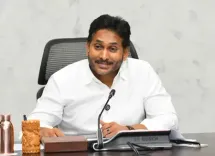What Insights Did Army Chief Share About Op Sindoor?
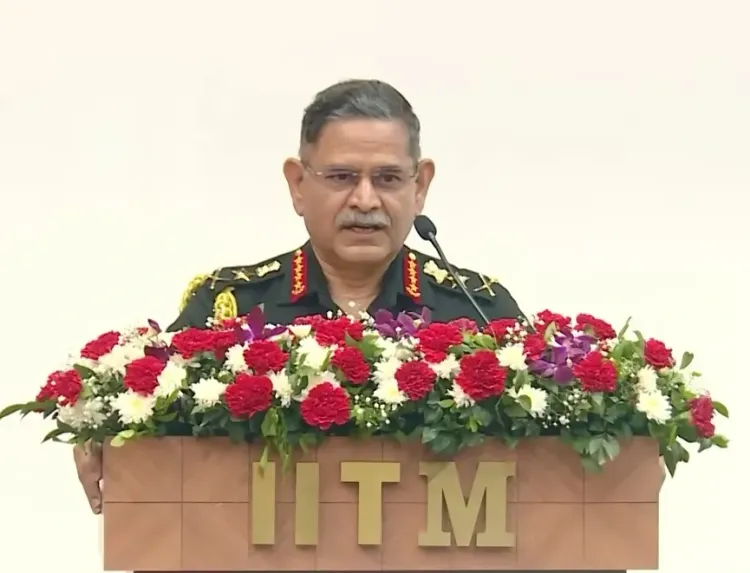
Synopsis
Key Takeaways
- Operation Sindoor showcased military strategy combining precision and decisiveness.
- The operation was initiated in response to the April 22 terror attack.
- General Dwivedi likened the operation to a game of chess in the grey zone.
- Seven out of nine targets were successfully neutralized.
- The mission emphasized the importance of political leadership in military operations.
Chennai, Aug 10 (NationPress) Chief of Army Staff (COAS) General Upendra Dwivedi has provided unique insights into the development and execution of Operation Sindoor, characterizing it as a mission of strategic importance that merged military precision with political decisiveness.
Speaking to students and faculty at IIT Madras on Saturday, he detailed how the operation was initiated in the aftermath of the April 22 terror attack in Pahalgam perpetrated by terrorists from Pakistan.
“On April 22, the events in Pahalgam were shocking for the entire nation,” noted General Dwivedi.
“The following day, April 23, we convened discussions. For the first time, the Raksha Mantri stated, ‘Enough is enough'. All service chiefs concurred that immediate action was essential, granting us the freedom to choose our approach. This level of political clarity was unprecedented,” he explained.
On April 25, just two days later, the Army Chief traveled to the Northern Command, the core where the strategy for Operation Sindoor was devised.
“It was here that we planned, conceptualized, and executed the mission. Out of nine targeted sites, seven were eliminated, and a significant number of terrorists were neutralized. April 29 was when we had our first meeting with the Prime Minister,” he disclosed.
Discussing the tactical approach of the mission, General Dwivedi compared Operation Sindoor to a game of chess played in the ‘grey zone’.
“In Operation Sindoor, we engaged in a game of chess. We were unaware of the enemy’s forthcoming moves, just as they were unaware of ours. This is referred to as the grey zone—operations that nearly reach the brink of conventional warfare. We made strategic moves, they countered, and at times we achieved checkmate. Other times, we went for the decisive strike, even at the risk of our own. That encapsulates life in service,” he stated.
The Army Chief’s statements highlighted not only the military’s operational prowess but also the political leadership’s resolute stance in sanctioning the mission. His forthright account offered the IIT Madras audience a rare insight into the intricate decision-making and calculated risks inherent in contemporary military operations.



